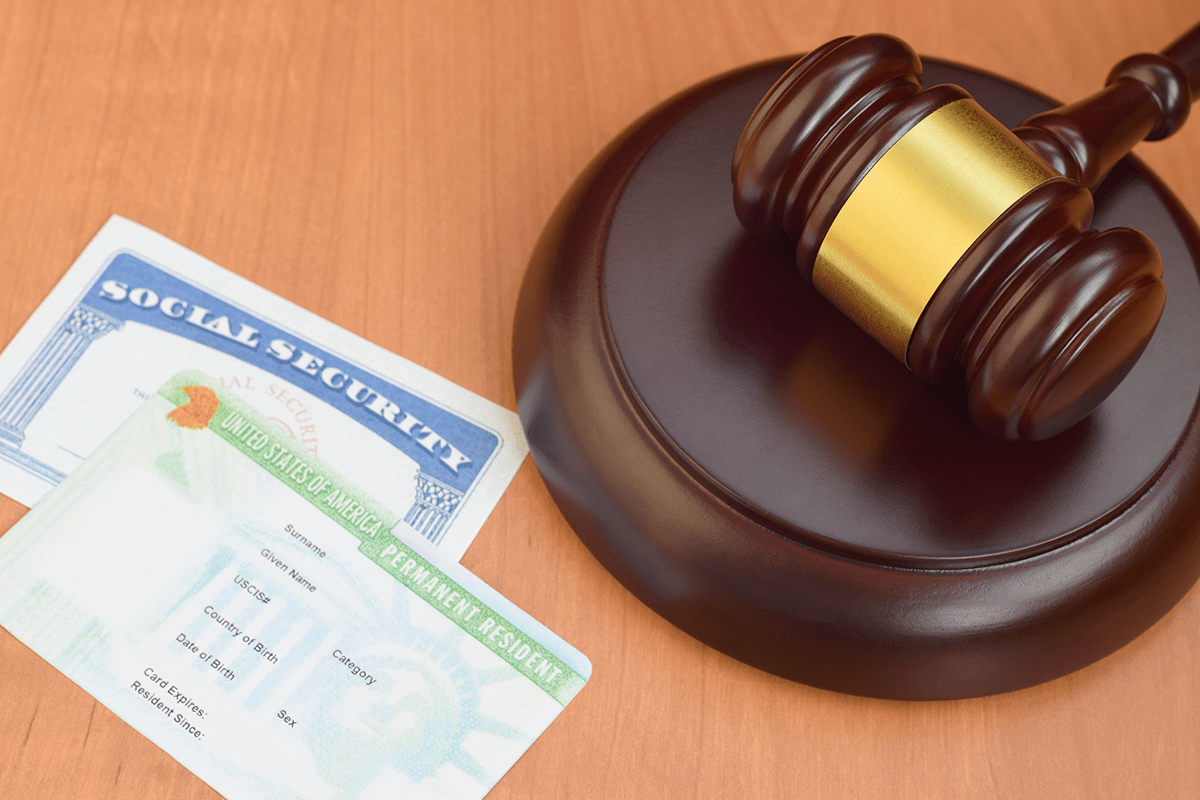Refugee in Canada

Refugee Protection

The 1951 Geneva Convention Relating to the Status of Refugees and its 1967 Protocol have been ratified by the Canadian government. Refugee and humanitarian resettlement programs run outside Canada, and the Canadian refugee protection process is the two primary pillars of Canada’s complex process for granting permanent status to refugees.
To be classified as a “convention refugee,” an individual must be outside their country of nationality and unable or unwilling to use the country’s protection due to a well-founded fear of persecution because of their racial or religious identity, nationality, affiliation with a particular social group, or political views.
A person in Canada in need of protection is one whose transfer to their country of nationality, or prior habitual residence would expose them to the risk of torture, losing their lives, or receiving cruel and unusual punishment or treatment.
The vast majority of refugees granted asylum status in Canada arrive at a Canadian port of entry or an inland Canada Immigration Centre office and file their asylum claim with Immigration and Refugee Protection.
A claim for refugee protection is sent to the Immigration and Refugee Board (IRB), where an independent tribunal of Refugee Protection Division members determines whether the claimant is a Convention refugee or a person in need of protection after a CIC officer determines that the claimant is eligible to be referred.
In most cases, the hearing is held in the presence of the applicant’s attorney and a government refugee claims officer, despite its non-adversarial nature. In that case, the claimant could apply for Canadian permanent residence from within the country itself. It usually takes about 18 months to complete the process.
Claimants in Canada may obtain work or school authorization before the hearing.
It is not possible to refer a claim to the IRB for certain groups of people.
Many factors can influence whether a refugee application is successful or unsuccessful. By contacting us, you can get more information.

Definition of Inadmissibility for Criminals

When foreign citizens or permanent residents of Canada are found guilty of criminal conduct, they may be inadmissible. Those who are found to be inadmissible must immediately depart Canada and are frequently barred from entering or returning.
Criminal inadmissibility can be classified into two main categories:
1. Inadmissibility for involvement in individual crimes. General criminality and serious criminality are subcategories of this category.
2. Organized crime involvement.


To overcome criminal inadmissibility, there are two primary options:
Pleading guilty or pleading innocent.
1. Rehabilitation
In rare situations, the Canadian government considers criminals to be rehabilitated and allows them to enter the country.
2. Temporary Resident Permit (TRP)
An inadmissible individual may be deemed “justified in the circumstances.”They will be granted TRP and allowed in Canada for a limited time.
According to the circumstances of the person asking for the TRP, a TRP might last anywhere from one day to three years.
To enter Canada, you will need to obtain a TRP and a visitor visa if you are from a nation that requires a visa to enter Canada.


